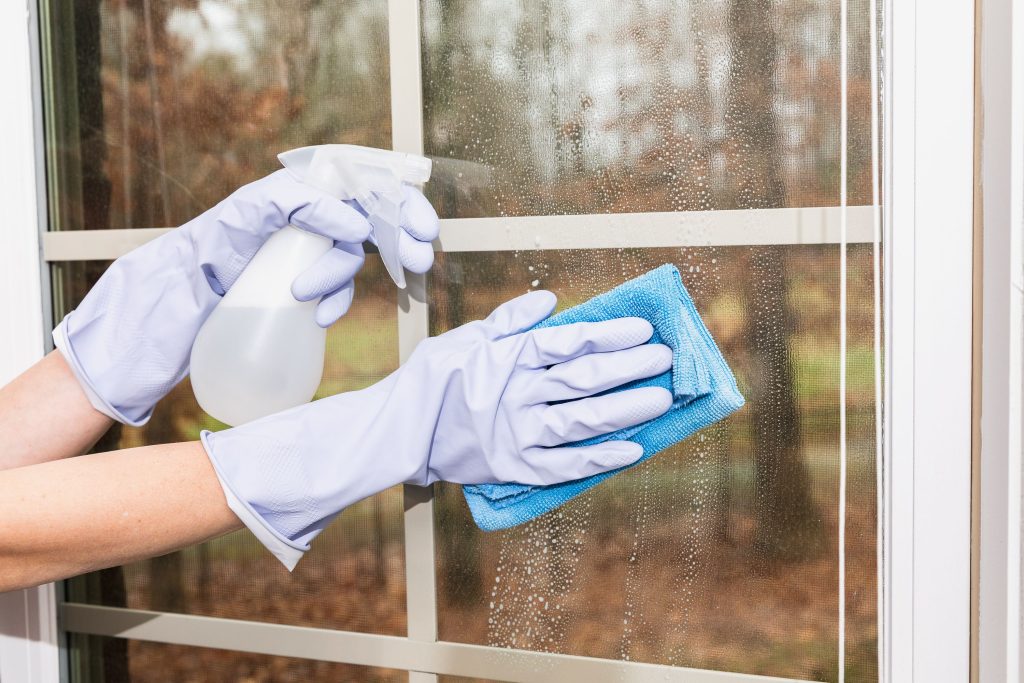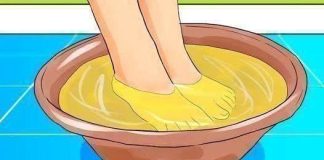Clean windows and mirrors do more than just look good they improve the overall feel of your home. When glass is spotless and streak‑free, it lets in more natural light, making spaces appear brighter and more spacious. It also helps reduce dust or dirt buildup, which can improve air quality and make regular cleaning easier. Clean, clear glass also gives a more polished, well‑kept look to your living space.
Pick the Right Conditions and Timing
One of the biggest mistakes you can make when cleaning glass is choosing the wrong time or conditions. Avoid cleaning windows when direct sunlight is hitting them or when the glass is warm — the cleaning solution will evaporate too fast, leaving streaks behind. The best time is on a cloudy day or during cooler hours, when the glass dries more slowly and evenly. Also, make sure to clean both the window panes and the window frames/sills. Dust and dirt accumulate around edges, and if you only clean the glass, grime on the frames can transfer back onto the glass later.

Use the Right Tools and Solution
What you use matters. A good microfiber cloth — soft, lint‑free and absorbent — is one of the most effective tools for glass cleaning. Unlike paper towels or rough cloths, microfiber traps dust and absorbs moisture without leaving lint or scratches. For larger windows, a quality squeegee can make drying easier and reduce streaks. For the cleaning solution, you don’t need expensive commercial products. A simple mixture of water and a mild cleaner — such as a few drops of dish soap, diluted vinegar, or a mild glass cleaner — is often enough. Over‑using cleaning solution can backfire: too much liquid means more residue, which increases the risk of streaks. Spray lightly or dampen your cloth only enough to remove grime.
Technique: How to Clean and Dry Properly
Cleaning glass effectively isn’t just about what you use — how you use it also matters. Start by applying your cleaning solution with a sponge or spray bottle, then wipe gently to loosen dirt and smudges. Once the surface is wet, use a squeegee or cloth to remove the liquid efficiently. When drying or polishing, many professionals recommend circular motions with a dry microfiber cloth; this helps catch any leftover drops or haze, especially around the edges. Alternatively, a method of wiping from top to bottom — then buffing with a dry cloth — can also work well. The main goal is to avoid letting the cleaner dry by itself on the glass surface.
Troubleshooting Common Problems
If streaks appear — even after cleaning — it might be because the cleaning solution was too concentrated, or you cleaned under direct sunlight. Another common culprit: using dirty cloths or paper towels that shed fibers. Always rinse cloths thoroughly between uses. Hard water spots or mineral residue often cause stubborn marks. For those, using distilled water in your cleaning solution or a mild vinegar mix can help — this avoids mineral deposits that remain visible after drying. If you often struggle with streaks, consider cleaning more frequently but lightly. Regular maintenance prevents buildup of dirt or oils, making each cleaning session simpler and more effective.

Extra Tips for a Long‑Lasting Shine
- Use two cloths: one damp to clean, and another dry to buff the glass.
- Clean windows both inside and outside periodically — frames and sills too.
- Do final buffing when glass is cool and out of direct sun.
- For large windows or many panes: consider using a squeegee or even a small window‑vacuum to remove excess moisture.
- Store your microfiber cloths clean and dry — fabric softeners or dryer sheets can leave residues that cause streaks in future cleaning.

















